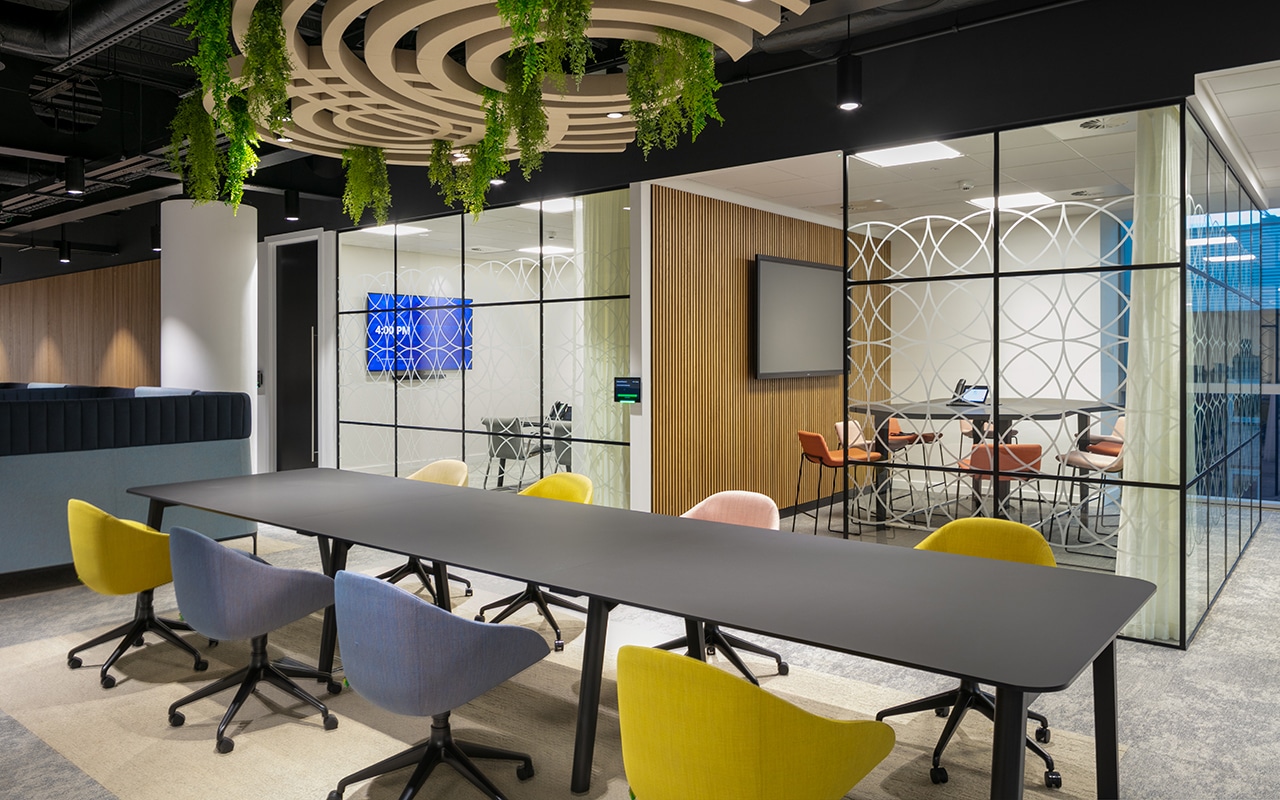Choosing the right procurement approach for an office fit-out or construction project can significantly impact the project’s success. The two main methods – design and build vs traditional procurement – each come with unique benefits and challenges. Here, we’ll explore how each approach works, the differences between them, and the advantages of each, so you can decide which method best fits your needs.
What is Traditional Procurement?
With traditional procurement, the client maintains control over the design details, making it ideal for projects with specific customisations or complex requirements. However, since each phase-design, bidding, and construction – happens in sequence, timelines may extend. Additionally, the client must manage communication between the designer and contractor, which can slow down decision-making.
The Design and Build Approach
The design and build contract often provides a fixed price upfront, offering greater budget predictability. It also reduces the client’s need to mediate between different teams, simplifying communication. Since the same team handles everything, potential issues are often resolved faster, boosting project efficiency.
Key Differences Between Design & Build and Traditional Procurement
Project Timeline and Efficiency
- Traditional Procurement: This method follows a step-by-step process, with design, bidding, and construction each completed one after the other. While it gives clients time to review each stage, it can also lead to longer timelines. If changes are needed during construction, it can mean going back to the design stage, causing delays.
- Design and Build: With the design and construct procurement model, design and construction phases can run concurrently. The contractor can begin initial work while final designs are refined. This overlap helps reduce completion time, making this method ideal for clients who need a quicker turnaround.
Cost and Budget Control
- Traditional Procurement: Initially, clients may have better control over costs through competitive bidding. However, any design changes that happen during construction can increase costs unexpectedly.
- Design and Build: The design build contract usually offers a fixed price for the entire project. With one team managing both design and construction, clients often benefit from fewer unexpected costs. The combined approach also allows the contractor to make adjustments within the agreed budget.
Risk Management
- Traditional Procurement: In this setup, clients are responsible for coordinating and managing risks between the design and construction teams. If issues come up during construction, the client may need to resolve conflicts between the designer and contractor.
- Design and Build: In the design and build procurement method, responsibility is consolidated. The contractor manages all aspects, reducing client risk. This single-point accountability often leads to fewer disputes and a more cohesive workflow, as the design and construction teams are part of the same entity.
Communication and Accountability
- Traditional Procurement: Communication can be more complex, as the client is responsible for managing interactions between the designer and contractor. This segmented structure can lead to delays in decision-making or misunderstandings between teams.
- Design and Build: With one team overseeing the project, communication is streamlined. The client has a single point of contact, enhancing accountability and often resulting in quicker responses to issues that arise during the project.
Flexibility and Client Involvement
- Traditional Procurement: This approach allows clients a high level of involvement in the design phase. Clients who want detailed oversight may find traditional procurement appealing, as it enables them to review and adjust plans thoroughly before construction begins.
- Design and Build: While design and build offers efficiency, it provides less hands-on control over design specifics. This method suits clients who prefer a guided process and are comfortable entrusting the details to their contractor.
Which Method is Right for Your Project?
Choosing between traditional procurement and design build procurement depends on your project’s needs. If your project requires high customisation and close client control, the traditional procurement route may be best. However, if you value speed and budget certainty, design and build contractors can offer a streamlined, cohesive approach.
Understanding the differences in procurement methods in construction helps you choose a model aligned with your goals. Whether you prioritise hands-on involvement, flexibility, or a simplified process, each method has unique strengths to support your project’s success.
Contact us today to learn how we can support your journey and help transform your workspace.








